Affiliate links on Android Authority may earn us a commission. Learn more.
This is why I bought 4 Withings ScanWatches for my parents and in-laws
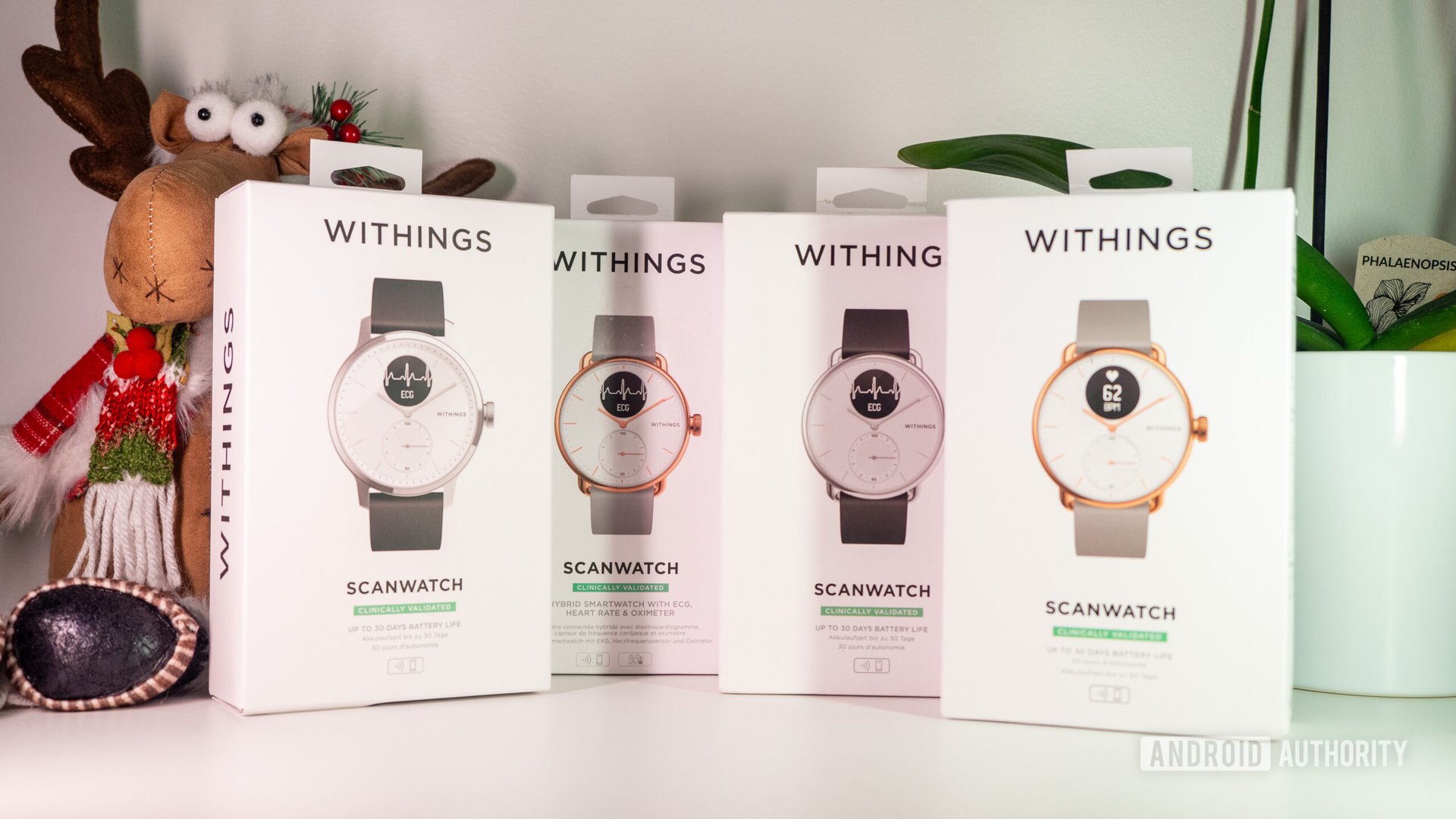
A little over a year ago, my mom’s youngest cousin passed away from a heart attack at the age of 55. He was feeling a little discomfort for a few days, but he brushed it away for a dozen reasons that are too complex to get into here. As I sat with my parents and we processed the news and their grief, I happened to mention that modern smartwatches could have alerted him that something was really off and that he shouldn’t have dismissed his feelings as a temporary discomfort.
That started a conversation between us about smartwatches, health monitoring and its limits, what modern tech could help with, and whether or not my family would be OK wearing a smart device all the time. They were up for it. Since then, I’ve been mulling over the idea, trying to think of the perfect setup for them.
Picking a smartwatch for an older relative is not as easy as getting one for yourself or a techie friend. After a year of searching, testing, asking questions on forums, and discussing options with them, we picked Withings, specifically the Withings ScanWatch. Here’s why.
Have you ever bought a wearable for an older relative?
Why use a smartwatch to monitor my parents’ health?
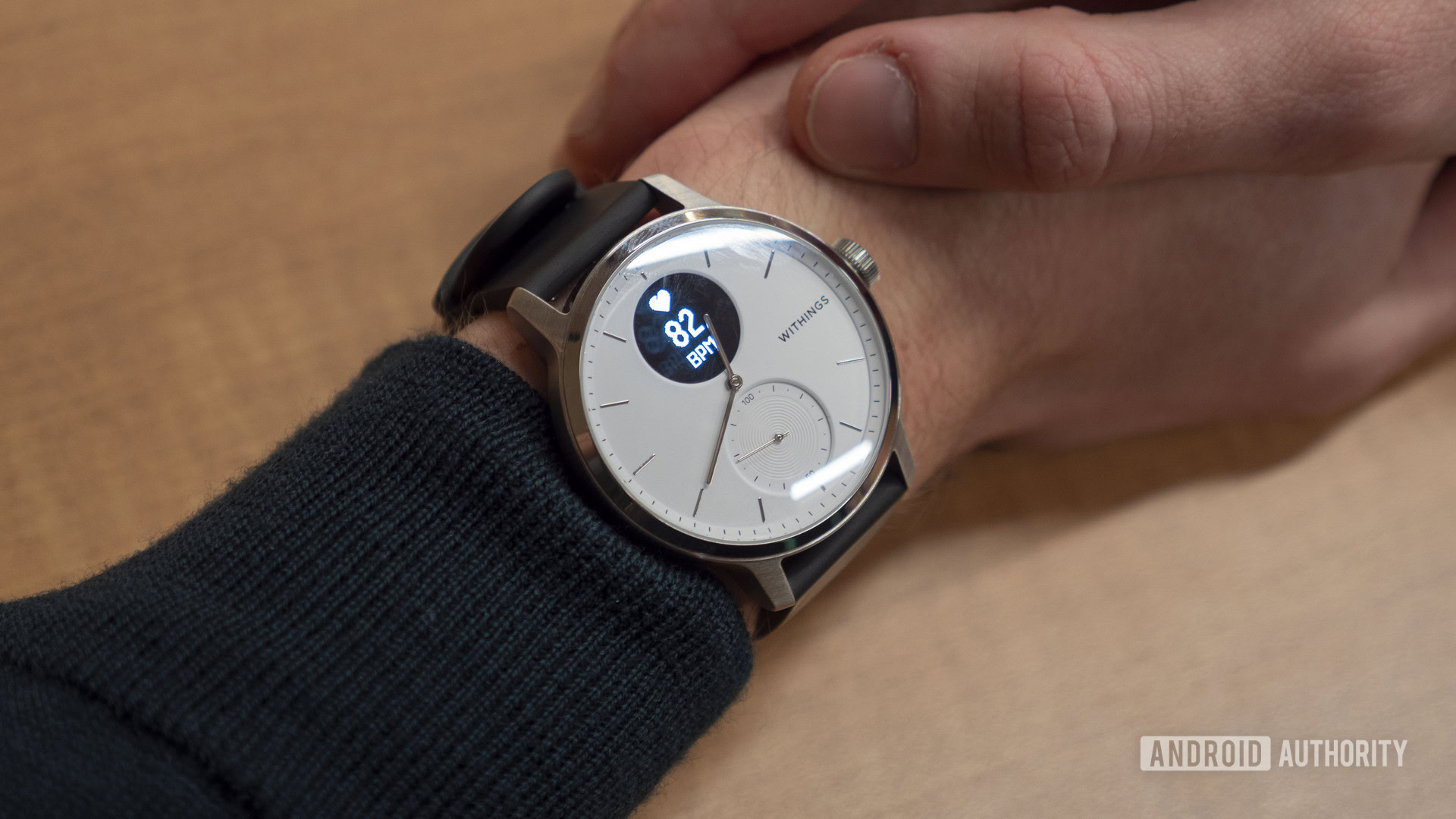
My parents are getting older. Between my mom, dad, aunt (my second mom, basically), and mother-in-law, I’m looking at a mid-60s to mid-70s range. They’re all relatively healthy, but health dwindles so fast when you get to that age bracket.
I also live far away from them and I’m not able to assist them like I used to. 30 months ago, I moved to Paris, and Paris to Beirut is a four-hour flight now, not a 20-minute drive. There are no siblings in Lebanon either to help them when they need it.
I'm a pharmacist and I know health tech. If there's something I can do to prevent major issues for my parents, I will do it.
Add to that the financial situation in Lebanon, which has made healthcare an extremely expensive privilege. Having four elderly people to care for, three of whom are solely my responsibility, isn’t a burden I wish on anyone.
On top of all that guilt and responsibility, there’s also my medical background. I’m a pharmacist and I know tech, specifically wearables, fitness trackers, and health tech. I can not in good conscience go on, knowing there are tools that can help the most precious people in my life stay on top of their health without using them. I’d be ridden with regret if anything were to happen and I didn’t at least try to detect it early.
Not every smartwatch is great for elderly people
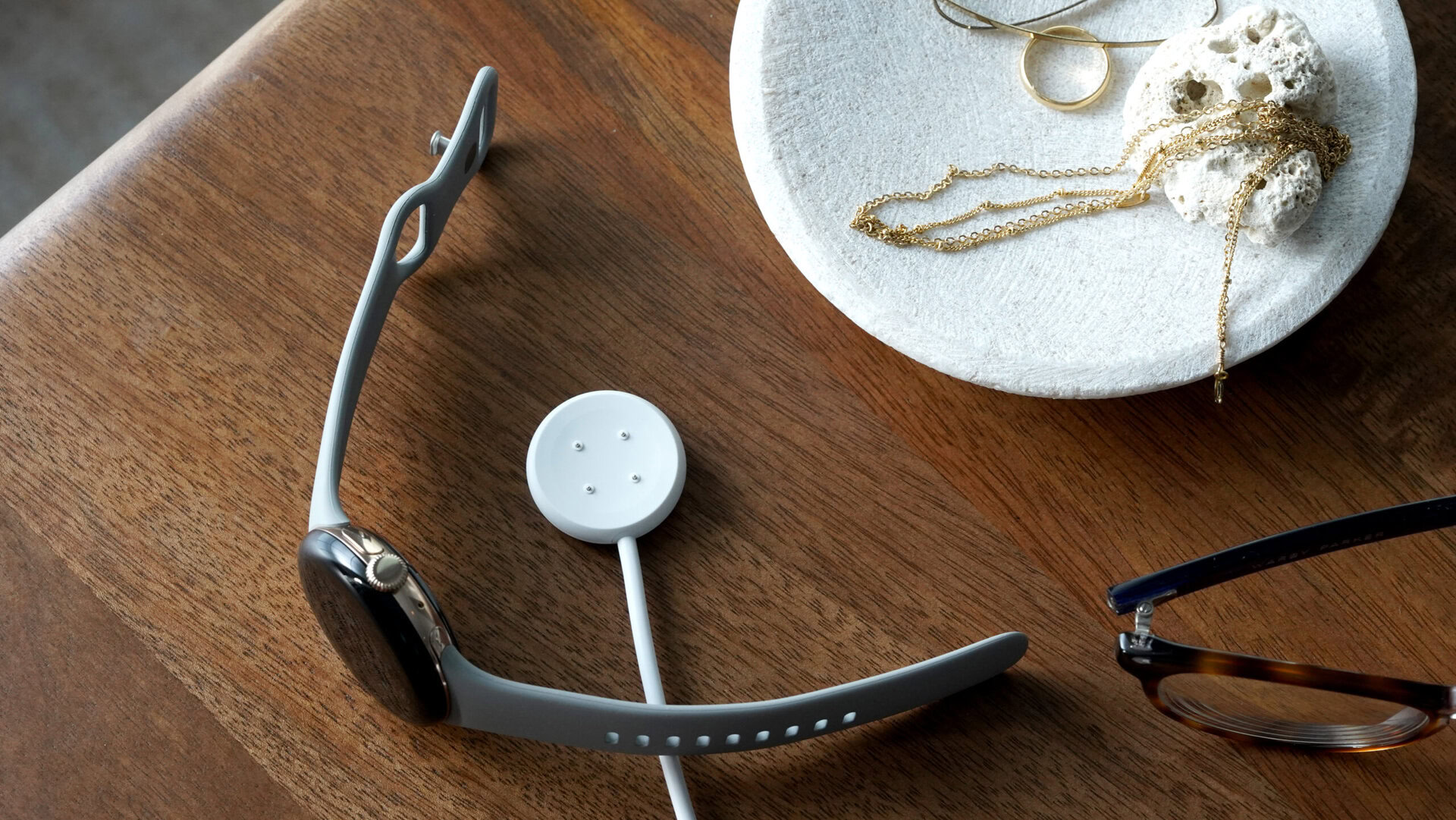
In my research, I immediately eliminated any smartwatch that requires frequent charging. The Pixel Watch, Galaxy Watch, and Apple Watch were instant no-nos. I already have trouble getting everyone to charge their phone daily, especially with forgetfulness and frequent local power cuts; I’m not crazy enough to add an extra daily worry!
I also eliminated any smartwatches that do way more than they need or require complicated interactions. Garmin went out the door because of that. If you have active parents who frequently run, cycle, or exercise, you should definitely consider Garmin watches. Mine just sporadically walk, so a Garmin was too much.
I eliminated any smartwatch that requires frequent charging, focuses on exercise, requires a subscription, or comes with geo-locked features.
I had to avoid monthly subscriptions, too, because the compounded price of four subscriptions would add up. So, even though I love the simplicity of my Oura Ring, it was out of consideration.
Another cause for dismissal is country restrictions. Since I wanted a smartwatch that detects Afib, takes ECG measures, and monitors SpO2, I needed all of those to work in Lebanon. I know that Fitbit — and specifically Google — has restrictions around country availability for certain features, so I had to dismiss the Fitbit Charge 6.
And then there’s anything they’d forget to wear. I needed them to like the watch’s design and want to wear it every day.
Withings ticked all the boxes for my parents
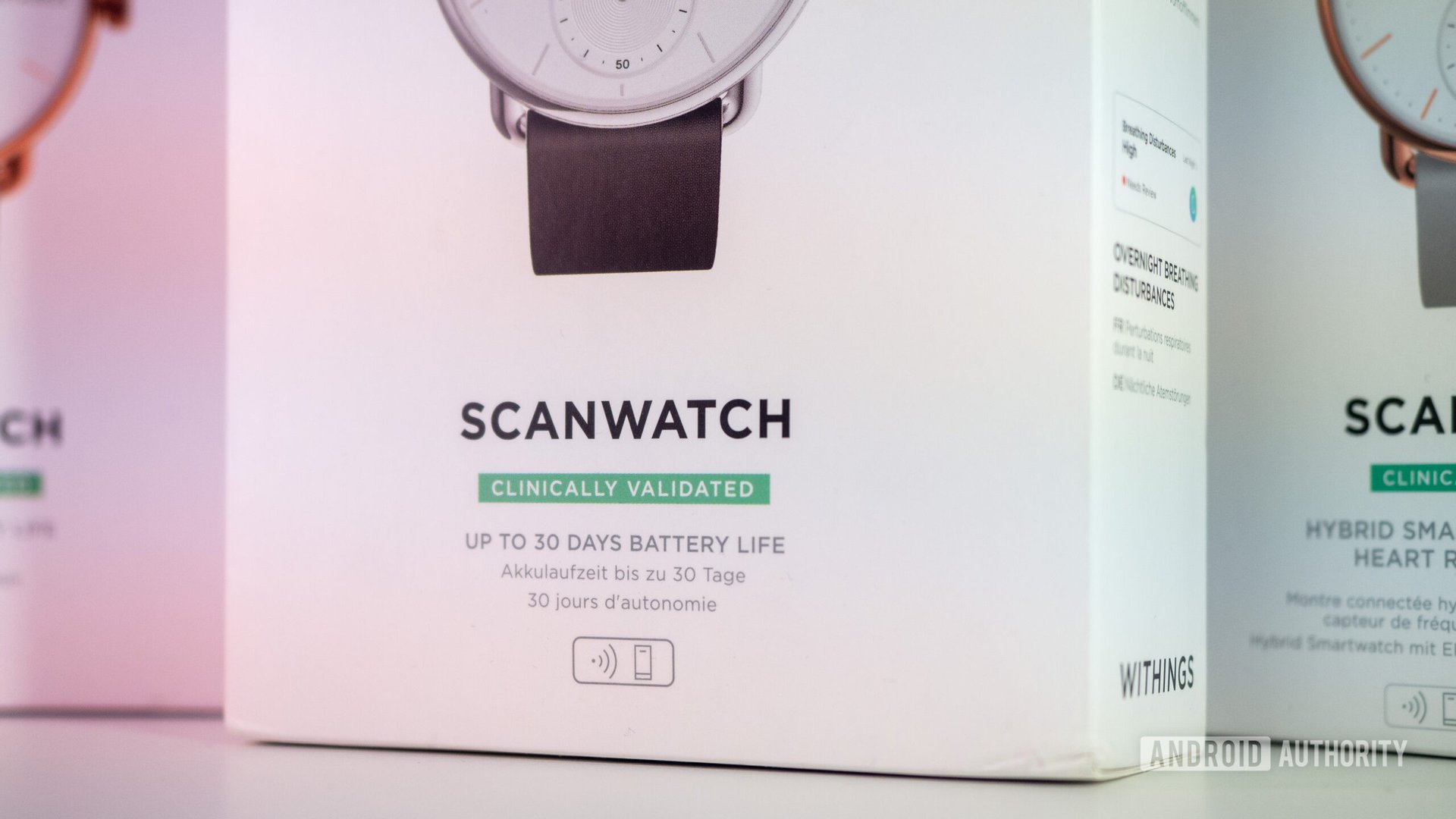
Everything about Withings and the ScanWatch was perfect for our collective needs. It looks very sleek and is almost indistinguishable from a regular watch. It shows the time, too, so they can treat it like a normal watch and not think about anything else it does in the background.
Withings claims 30 days of battery life with its hybrid watches, but in my experience with the ScanWatch Light, I found it was more like 20 days. Still, three weeks on a charge is fantastic for all of us! I don’t need to obsess over them charging the watch every day or two; I can just set a reminder every 15 days (to be on the safe side) and tell them to charge the watch.
Withings watches look sleek, offer three weeks of battery life, and can be set up as part of a family account.
The real winner for me, though, was Withings’ support for family accounts. I don’t want to obsessively monitor every activity, sleep, or heartbeat, but if someone feels off, I need to be able to quickly jump in and check their stats remotely without logging out or in. With Withings, I’m able to create separate profiles for each of them under my own account, pair each watch to one profile, and then switch between them with a tap from my own account.
Once I knew I was going for a Withings watch, I had to pick the right one. The Steel HR and the new ScanWatch Light don’t detect Afib, do ECG tests, or monitor SpO2, so they were out. They’re good wearables for a younger demographic, but not when health metrics are more important than activity and sleep.
With heart rate, Afib, ECG, SpO2, and breathing disturbances, the Withings ScanWatch was perfect for our needs.
The first-gen ScanWatch was my entry point and, with a discount from €300 to €200 around Black Friday, it was an easy winner. I would miss out on the temperature tracking, overnight heart rate variability, respiratory rate measures, and on-watch menstrual cycle tracking of the newer ScanWatch 2 and ScanWatch Nova, but these aren’t essential metrics for my purpose. Plus, at €350 for the ScanWatch 2 and €600 for the Nova, they were both out of budget, especially since I had to buy four of them.
An experiment with some potential roadblocks
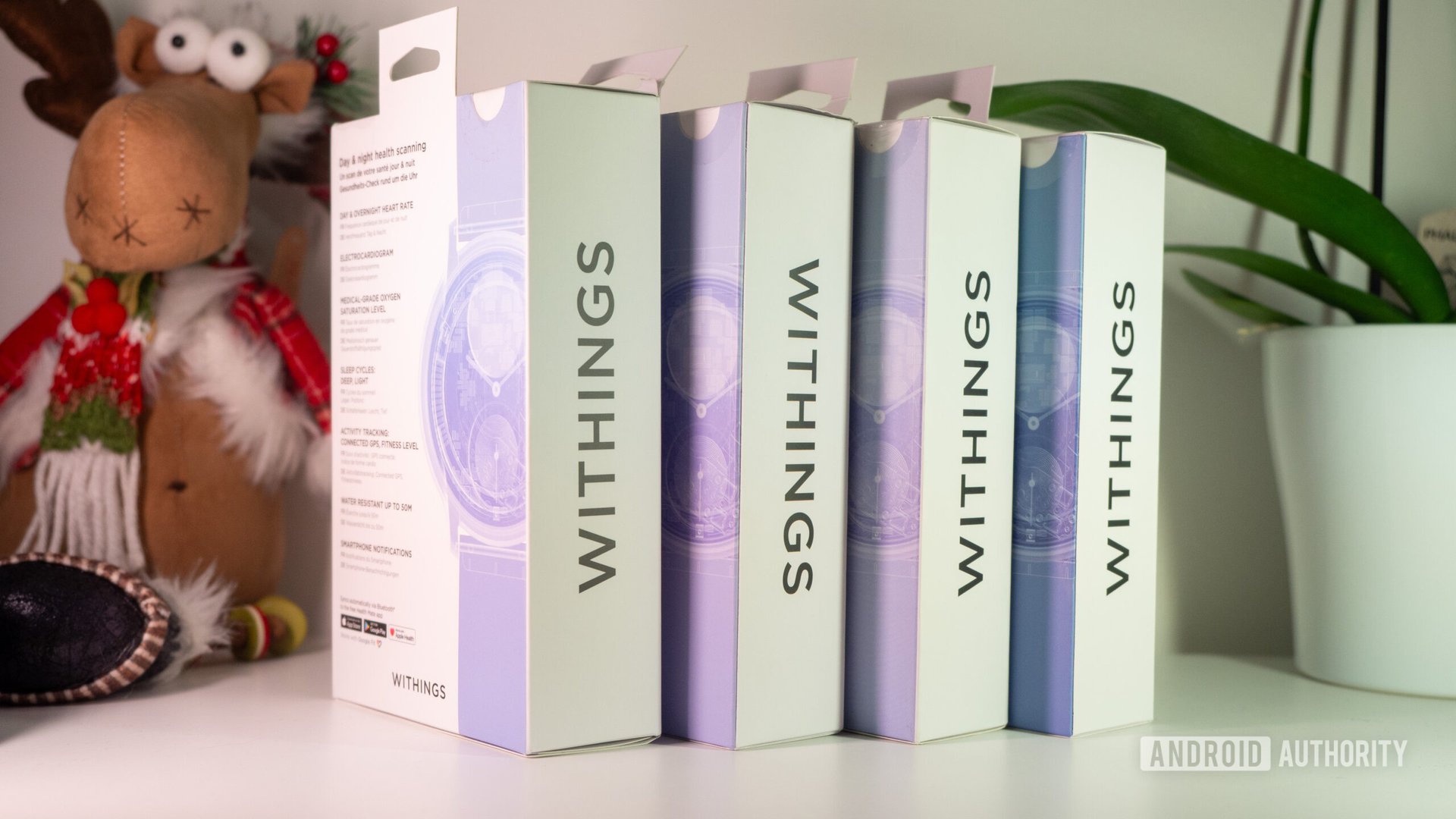
I’m under no illusion that a smartwatch will get my family to live a healthy life for many more decades. But I think that today’s wearable health tech has the potential to help avert certain issues, avoid some disasters before they occur, and keep an eye on our loved ones’ health, even remotely.
My parents, aunt, and mother-in-law have been wearing their ScanWatches since Christmas. A couple of weeks aren’t enough to gauge the efficiency of this experiment, of course, but that’s what I’m considering it for now — an experiment — and I explained that to them as well.
We all know this is an experiment for now.
I was crystal clear about what I’m able to check from a distance, how often I would check it (basically on demand, if they don’t feel well), what the watch is able to monitor, and more importantly, what it can’t help with. I also taught them how to manually take an ECG and measure SpO2 (they both require active participation and 30 seconds of not moving), but I told them not to obsess over them and to only do the tests when they have worrying symptoms. I’m also a phone call away, should they want to double-check something.
After a couple of weeks, I can already see a lot of successful signs, plus some roadblocks or disappointments. Manually measuring the ECG and SpO2 isn’t going to be easy for my mother-in-law who suffered from a stroke a couple of years ago and hasn’t regained 100% of her right hand’s movements. But I trained her at-home helper to take them too.
I’m also concerned about the charging process because the puck and its finicky pins/magnets aren’t super strong. When I was setting up the watches the first time, I had to make sure charging had commenced otherwise the ScanWatch would sit on the charger for an hour and not top up properly.
Another potential issue stems from the need to sync the watch with their phones. Sure, that should happen in the background without any intervention, but it seems like the Withings app sometimes gets kicked out of memory and sometimes uses too much of the phone’s battery to remain in sync. I’ll have to adjust some settings accordingly and keep tinkering until we find a healthy middle.
The charging process, app connectivity and sync, and some manual measures are a few early disappointments.
Speaking of battery drain, I was hoping to use the watch’s notification mirroring to get it to vibrate when they get a phone call or WhatsApp message (they sometimes don’t hear their phones and leave me waiting and worried), but that functionality seems to drain the phone’s battery way too much. So I disabled it.
And, obviously, there’s the self-inflicted pain of having four more devices to provide remote tech support for — I never said I picked the easy way!
Still, on the balance of net positives versus negatives, this seems like a good idea to me. At least I had to try it and see. And considering all the other options on the market, I’m still convinced I picked the right watch. Now I just hope they don’t ever need it for years to come.

Long-lasting battery
Clinically validated health sensors
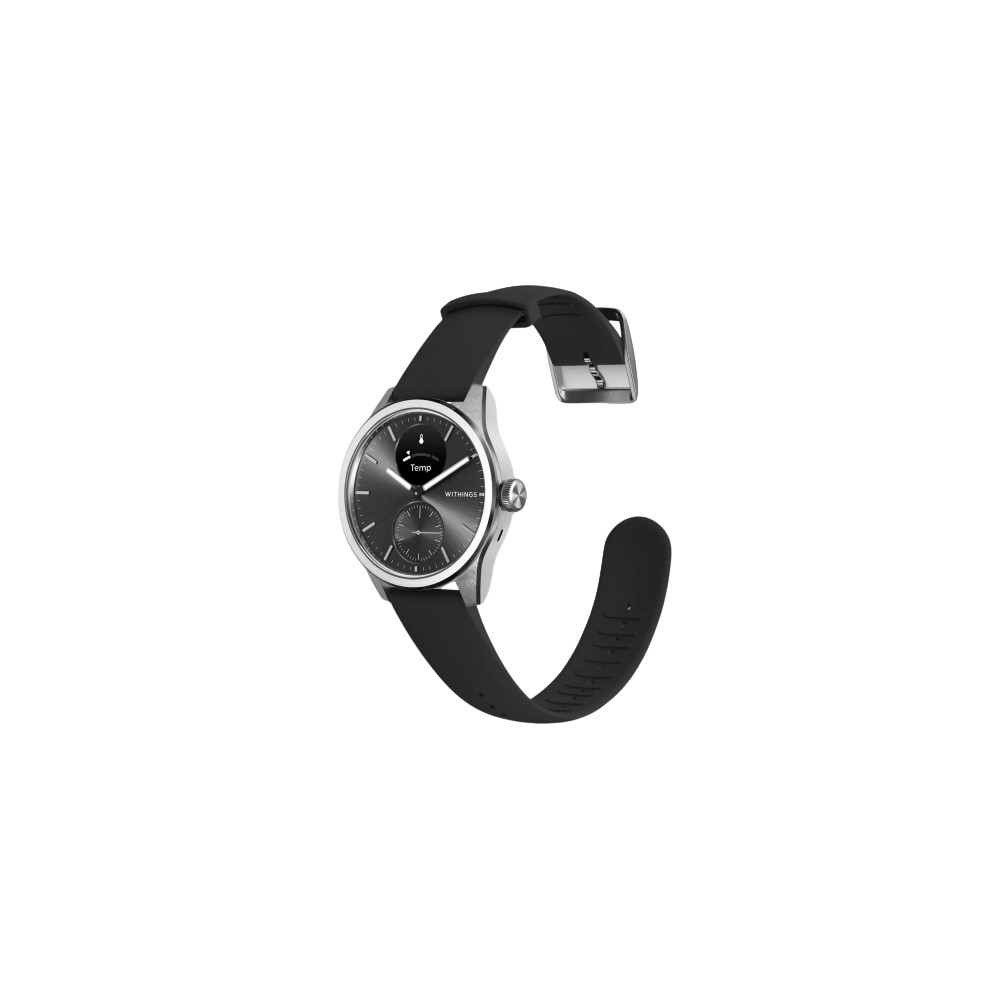
Up to 30-day battery life
Broad health tracking tools